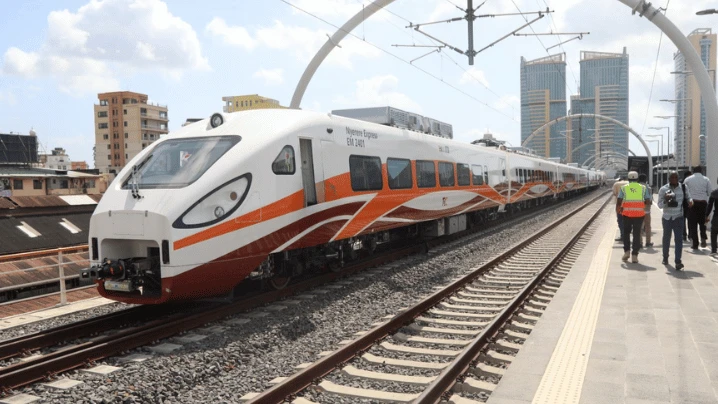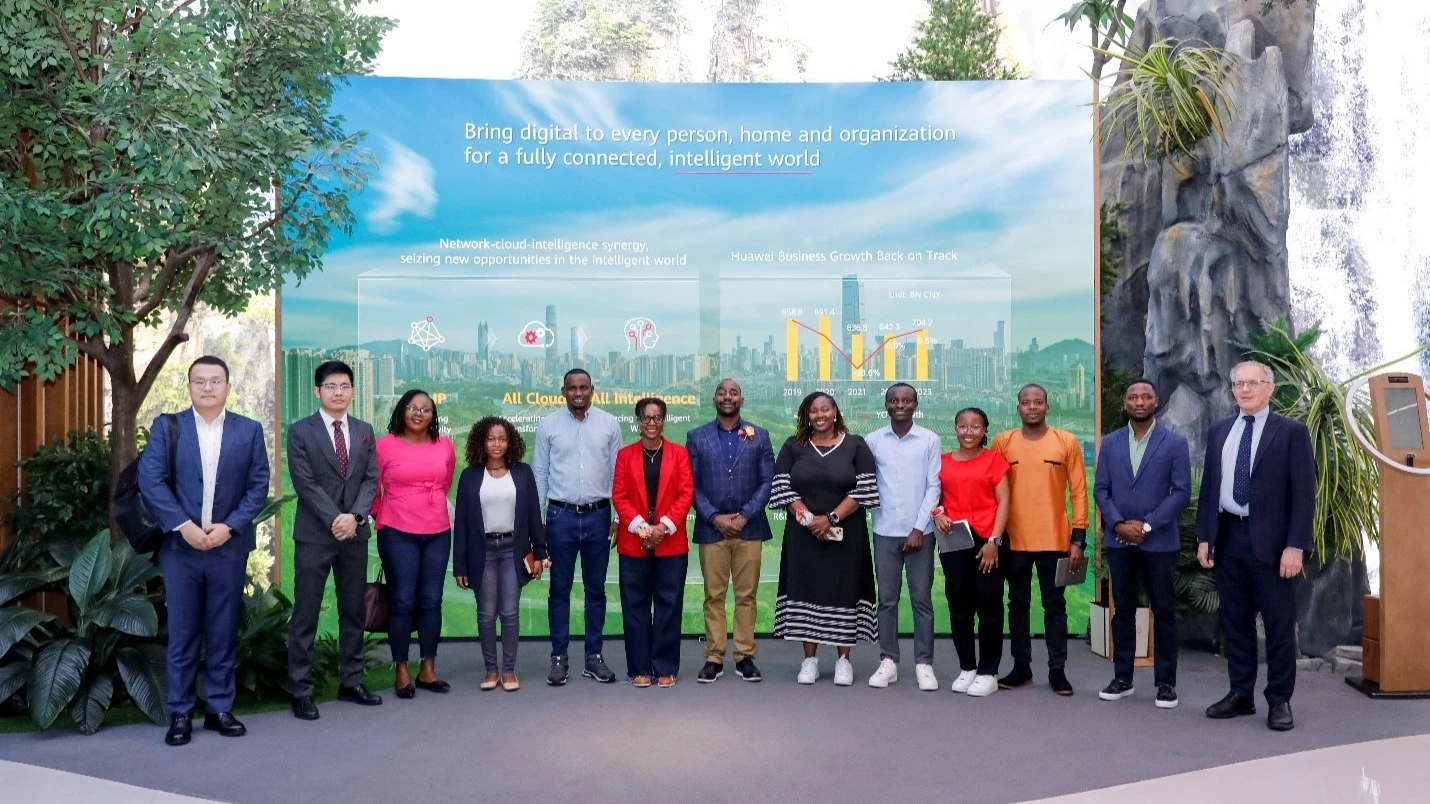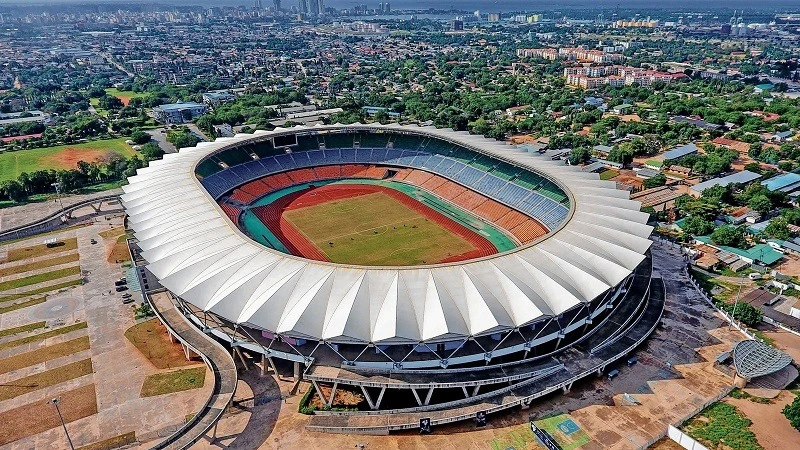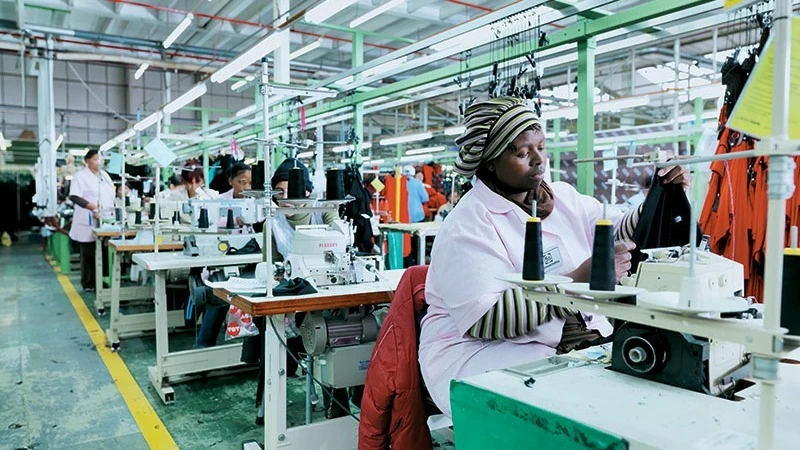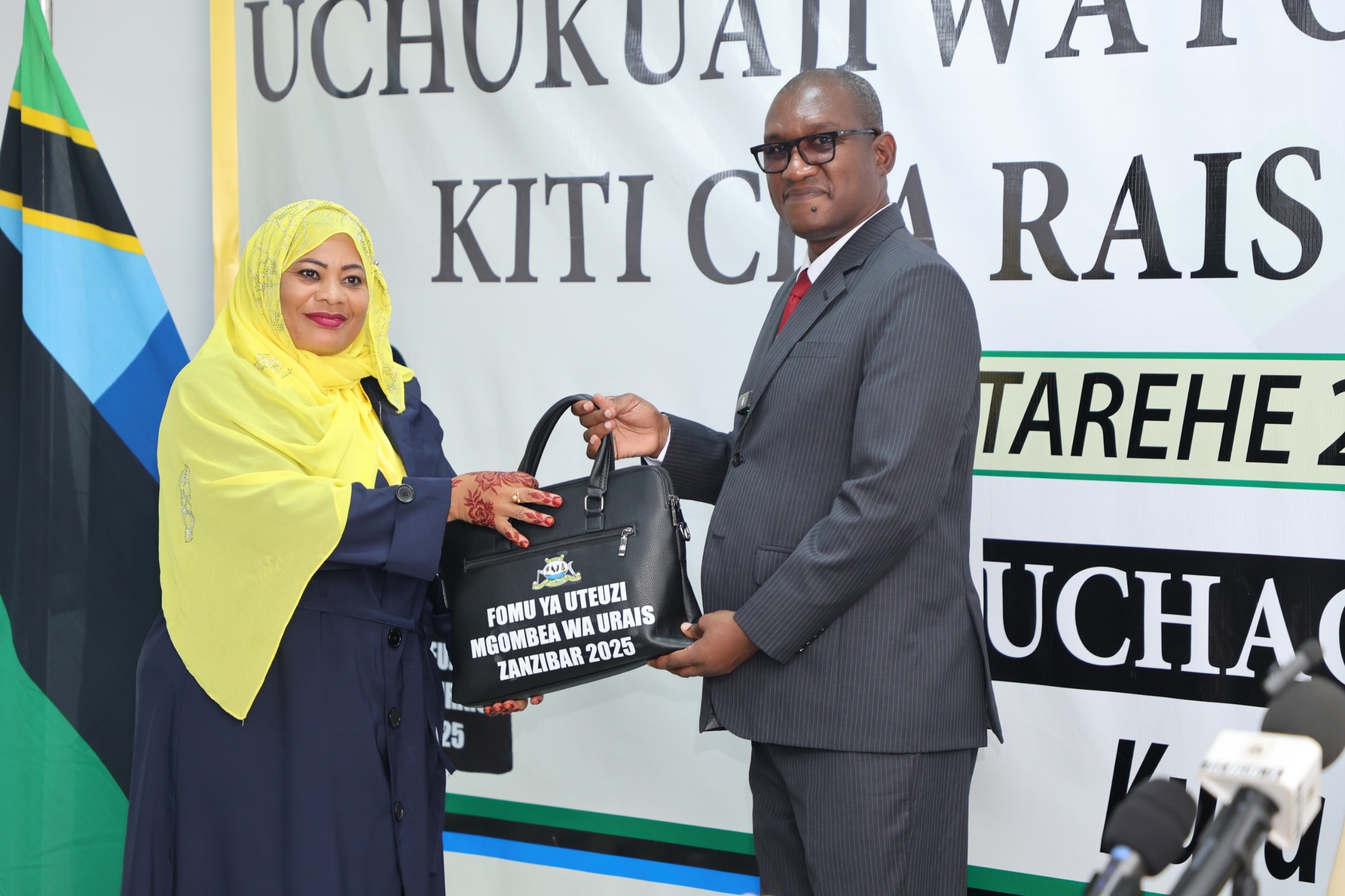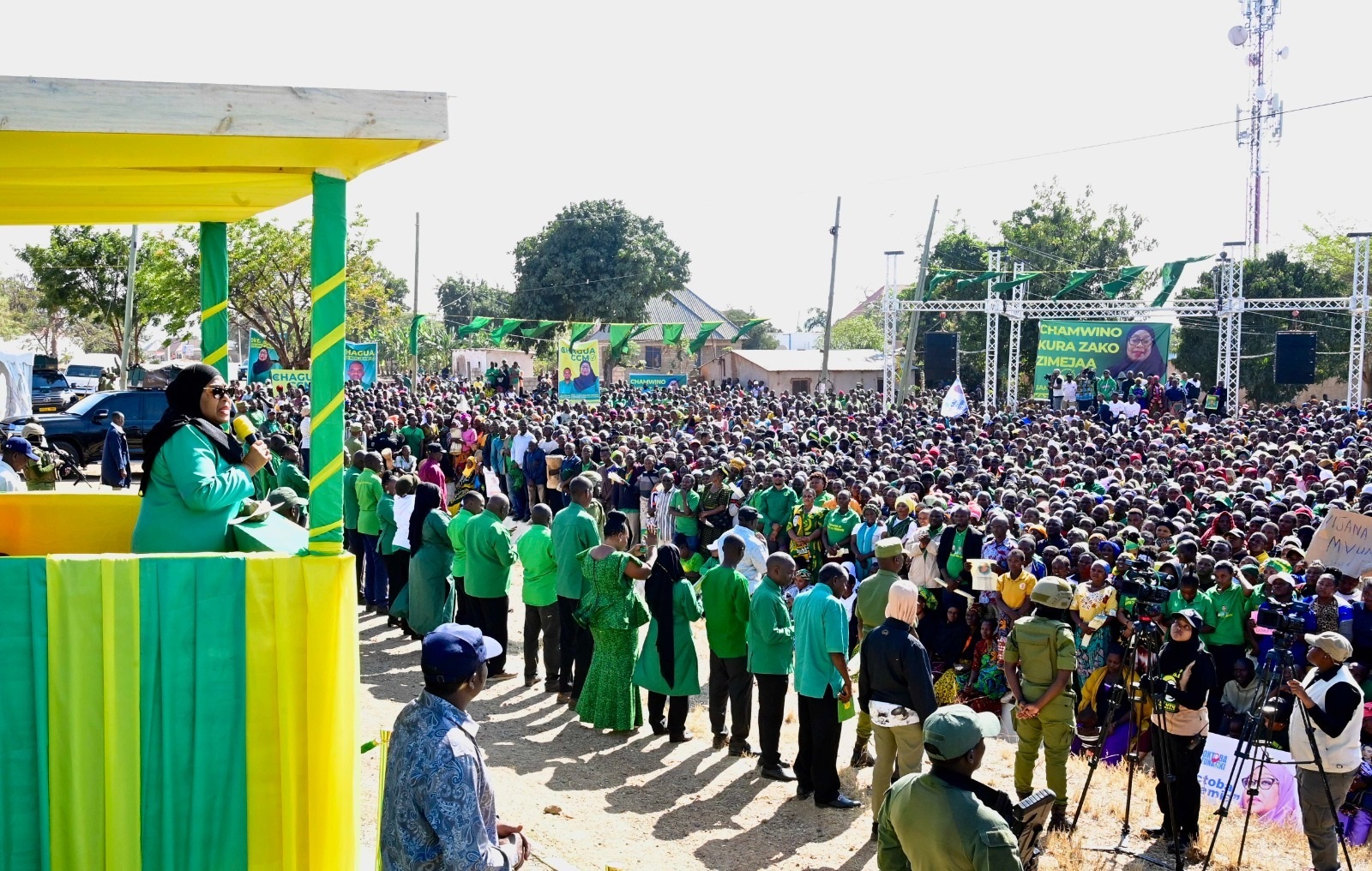5G to drive 30pc of economic gains in SSA’s manufacturing industry by 2030
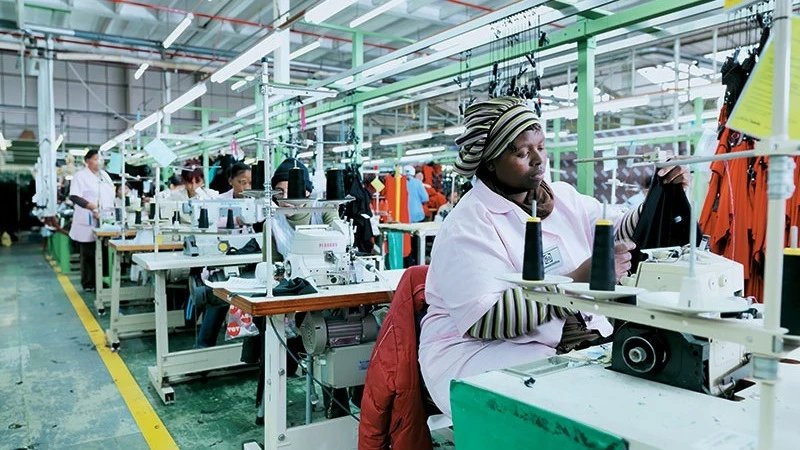
A new report has highlighted a transformative decade ahead for Sub-Saharan Africa’s mobile ecosystem, with significant shifts in technology adoption poised to fuel economic growth and bridge the digital divide.
According to the report, 4G is projected to become the region's dominant technology, while 5G is set to unlock billions in economic value, with a particularly strong impact on the manufacturing sector by 2030.
The report, drawing on recent data from the Global System for Mobile Communications Association (GSMA), paints a picture of a dynamic and evolving market.
By 2030, Sub-Saharan Africa's manufacturing sector is expected to grow, driven by increased demand, labor-intensive industries, and a focus on export-led growth, although growth will continue to be constrained by ongoing challenges such as a focus on raw material exports, lower industrialization compared to peers, and the need to diversify beyond primary resources, according to Africa Policy Research Institute
By the end of the decade, 4G adoption is expected to reach 50 percent of total connections, solidifying its place as the primary technology for mobile users. This migration from older networks is already underway, with 4G projected to overtake 3G by as early as 2027.
While 4G serves as the foundation for widespread connectivity, 5G is the key to unlocking new economic opportunities.
The report forecasts that the economic contribution of 5G will reach $10 billion by 2030, representing 6 percent of the overall economic impact of mobile technologies in the region. This financial uplift is not evenly distributed, with specific industries better positioned to harness the power of next-generation networks.
The manufacturing sector is identified as the biggest beneficiary, expected to account for a remarkable 30 percent of the total 5G economic benefits over the next seven years. This is driven by advanced use cases such as smart factories, smart grids, and IoT-enabled products that enhance productivity and efficiency.
The information and communication industry and the public administration sector are also poised for significant gains, at 13 percent and 7 percent respectively.
"The rollout of 5G is not just about faster speeds; it's about enabling new industries and transforming existing ones," said a mobile industry analyst. "The focus on manufacturing and other high-value sectors shows that 5G in Africa is being deployed strategically to maximize its economic potential."
The report also underscores the ongoing transition from legacy networks. South Africa stands out as the only country in the region to have announced concrete plans to sunset its 2G and 3G networks by 2027. This move is designed to re-farm valuable spectrum for the expansion of more advanced 4G and 5G services, signaling a commitment to modernizing the country’s digital infrastructure.
Despite this progress, the report highlights persistent challenges, particularly the significant "usage gap" in mobile internet. At the end of 2023, nearly 44 percent of the population in Sub-Saharan Africa were mobile service subscribers, but mobile internet penetration stood at just 27 percent. This leaves a usage gap of 60 percent—a staggering number of people who live within network coverage but are not using mobile internet, often due to affordability issues (particularly the cost of smartphones) and a lack of digital skills.
Mobile operators and stakeholders are actively working to close this gap. Initiatives to make smartphones more affordable and to provide digital skills training are crucial to ensuring that the benefits of this digital transformation are widely shared.
The landscape for mobile internet connectivity is starkly uneven, with penetration levels remaining below 15 percent in countries like Chad and Mozambique, while exceeding 50 percent in more advanced markets such as South Africa and Seychelles.
The demand for data is a powerful engine for this technological evolution. Mobile data traffic is projected to grow by almost 6 GB per connection, per month, between 2023 and 2030. This surge is fueled by increased smartphone access and a growing appetite for data-intensive content like gaming and video streaming.
This growth is expected to be most pronounced in the ECCAS region, with Angola, Chad, and Equatorial Guinea anticipated to see a more than tenfold increase in mobile data traffic.
Overall, the mobile ecosystem's contribution to Sub-Saharan Africa’s economy is substantial and growing. In 2023, it generated 7.3 percent of the region’s GDP, amounting to $140 billion.
This value is expected to rise to $170 billion by 2030, a testament to the mobile sector's role as a key driver of economic development. Beyond the numbers, the ecosystem also supports millions of jobs, directly employing 1.5 million people in 2023 and indirectly supporting an additional 2.2 million jobs across other sectors.
The report affirms that Sub-Saharan Africa is on a clear path towards a more connected and digitally-enabled future. While challenges remain, the combination of growing 4G adoption, the strategic rollout of 5G, and a flourishing mobile ecosystem sets the stage for a period of unprecedented digital and economic transformation.
Top Headlines
© 2025 IPPMEDIA.COM. ALL RIGHTS RESERVED



